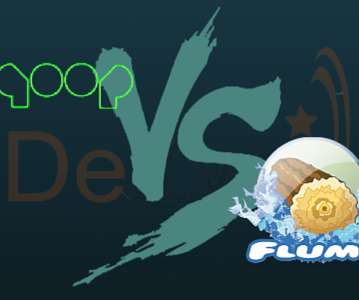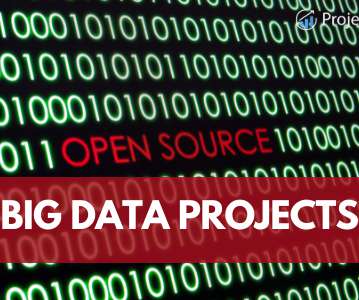Data Lake vs. Data Warehouse: Differences and Similarities
U-Next
SEPTEMBER 7, 2022
The terms “ Data Warehouse ” and “ Data Lake ” may have confused you, and you have some questions. Structuring data refers to converting unstructured data into tables and defining data types and relationships based on a schema. What is Data Warehouse? .















Let's personalize your content